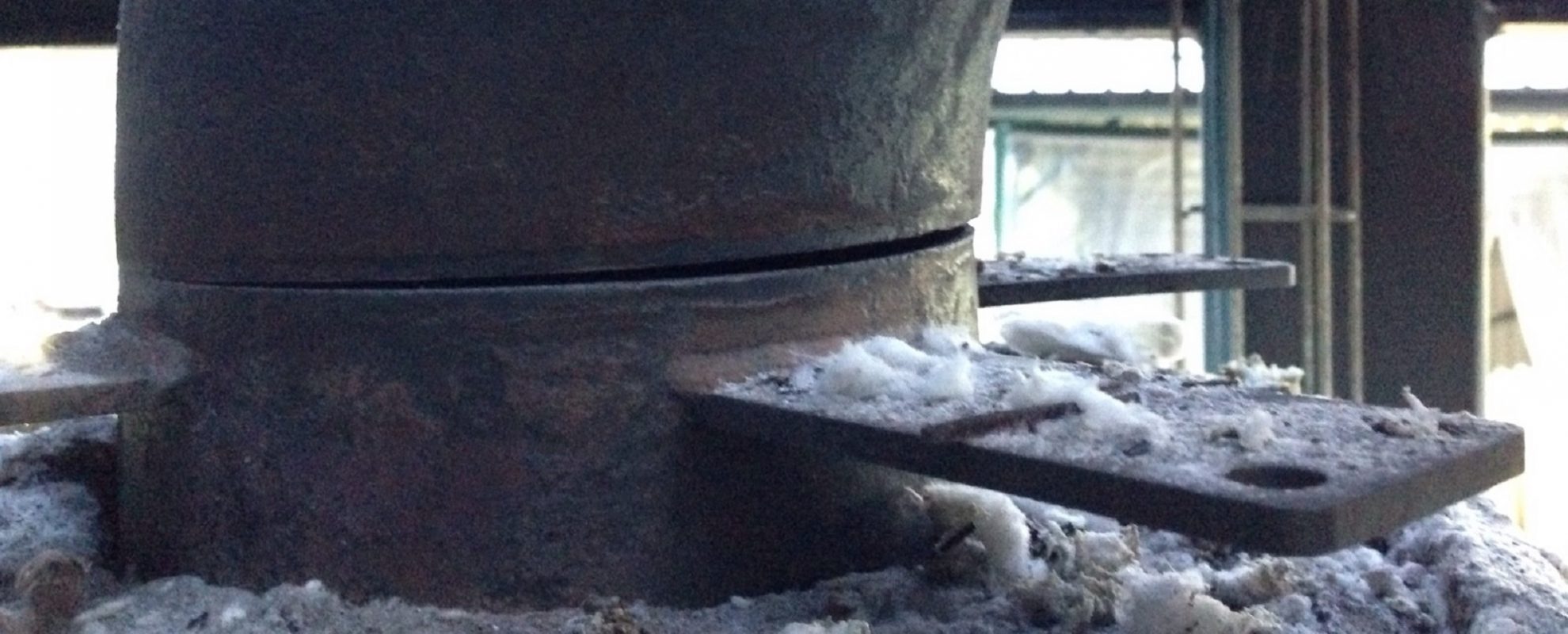Austenitic Stainless Steels
In long-term high temperature service, austenitic stainless steels show considerable microstructural development, with often life-limiting changes in mechanical properties. Since 2011, R-Tech Materials have managed several R&D projects, one funded by the Innovate UK call: ‘Developing the Civil Nuclear Supply Chain – feasibility Study’ to develop a structural integrity and remaining life model for these materials.
Currently, industry relies on conservative mechanical test data to assess remaining life without reference to the actual metallurgical condition. With the new model in which remaining life is linked to actual metallurgical condition, the remaining life of plant can be assessed much more accurately.
The project has included an extensive experimental programme comprising creep, tensile and impact testing of pre-aged (up to 5500 hours) type 304, 316L, 316Ti and 321 steels with associated metallographic studies. To date, metallographic studies have addressed the major microstructural changes – dissolution of the delta-ferrite and the precipitation of carbides and the intermetallic sigma-phase. Inspired by established approaches for ferritic steels, the project has developed a formal method of classifying microstructural condition, using data that can be obtained in the field from simple adaptations of established metallographic inspection methods. A kinetic model of microstructural evolution has then been generated, using quantitative metallographic measurements. A continuum-damage-mechanics approach has been used to generate an integrated model of creep and tensile behaviour.
R-Tech Materials have recently completed an MSc programme with Swansea University to extend the microstructural classification scheme and microstructural and mechanical models to address austenitic welds.
Most recently, we have been award funding by Innovate UK for the development of a prototype software which will involve the metallographic assessment of 250+ specimens. These samples have been creep tested between 550 and 700°C, for up to 190,000 hours and also include 10 ex-AGR samples with lives up to 178,000 hours – all provided by EDF Energy Generation. The goal is to extend the link between mechanical properties and microstructural evolution to the long term data. This software will then be applied to an assessment on live plant.


